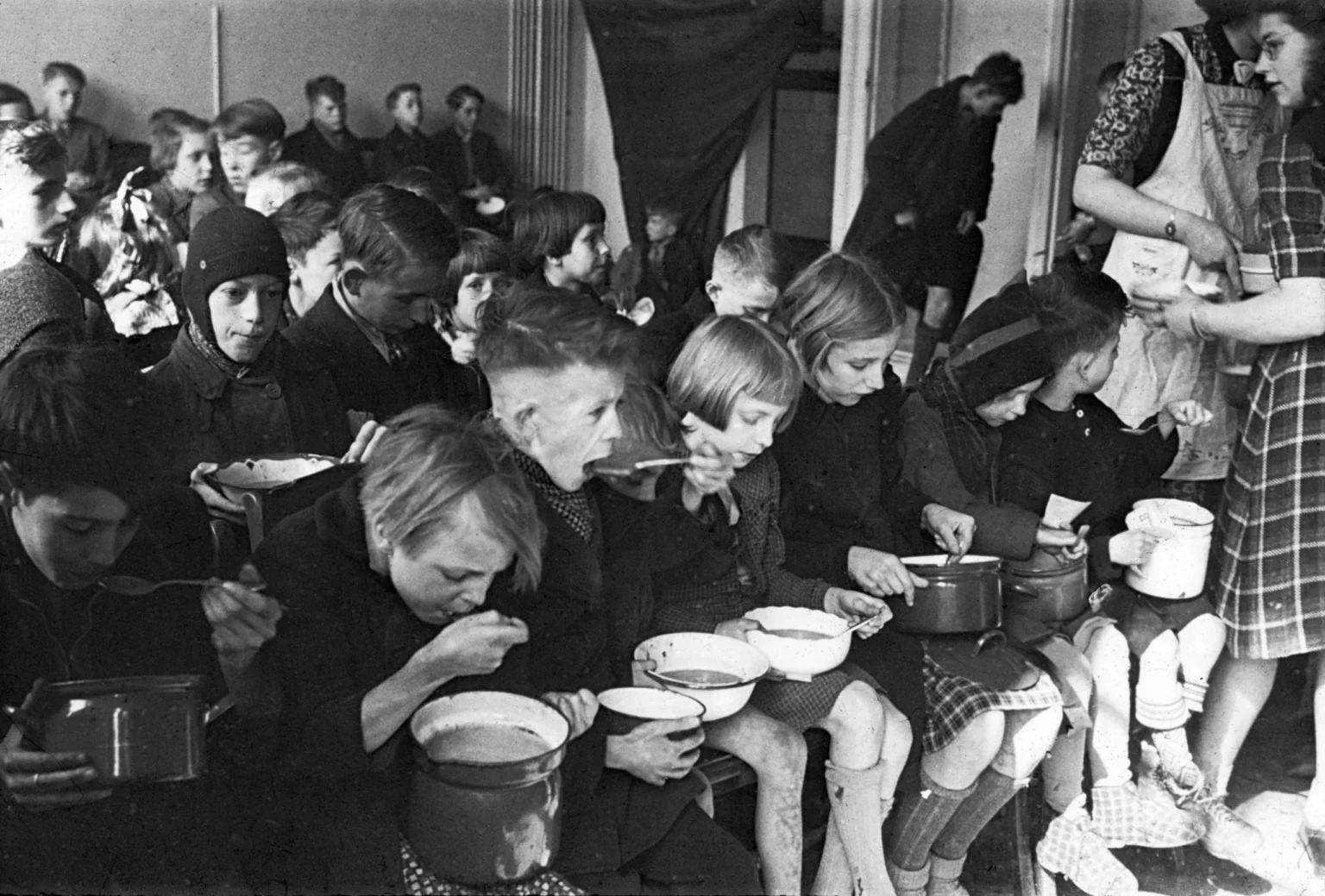Imagine a winter so harsh and unforgiving that it takes the lives of thousands, leaving a lasting impact on a nation’s psyche and shaping the future of disaster relief efforts around the world. The Dutch hunger winter of 1944-1945 was a famine that occurred during the final months of World War II in the Netherlands, primarily in the western regions of the country. The famine was caused by a combination of factors, including a harsh winter, a German blockade of food shipments, and the destruction of crops and infrastructure during the war.
The impact of the Dutch hunger winter was devastating. An estimated 4.5 million people were affected, with approximately 20,000 dying of starvation and related diseases. The famine also had long-term health consequences for those who survived, including increased rates of diabetes, cardiovascular disease, and other health problems.
However, the legacy of the Dutch hunger winter extends far beyond the immediate health impacts. The famine had a profound psychological impact on the survivors, with many experiencing lasting trauma and a sense of mistrust towards authorities and institutions.
The famine also had political implications, as it highlighted the failures of the Dutch government and the international community to provide relief during a time of crisis. In the aftermath of the war, the Dutch government implemented policies to prevent future famines and improve food security, including investing in agricultural infrastructure and creating a national food reserve.
The legacy of the Dutch hunger winter also influenced the development of international humanitarian aid and disaster relief efforts. The experience of the Dutch people during the famine helped to shape the modern understanding of the importance of timely and effective responses to humanitarian crises.
Overall, the Dutch hunger winter was a tragic event with far-reaching consequences that continue to impact Dutch society and the world at large.




